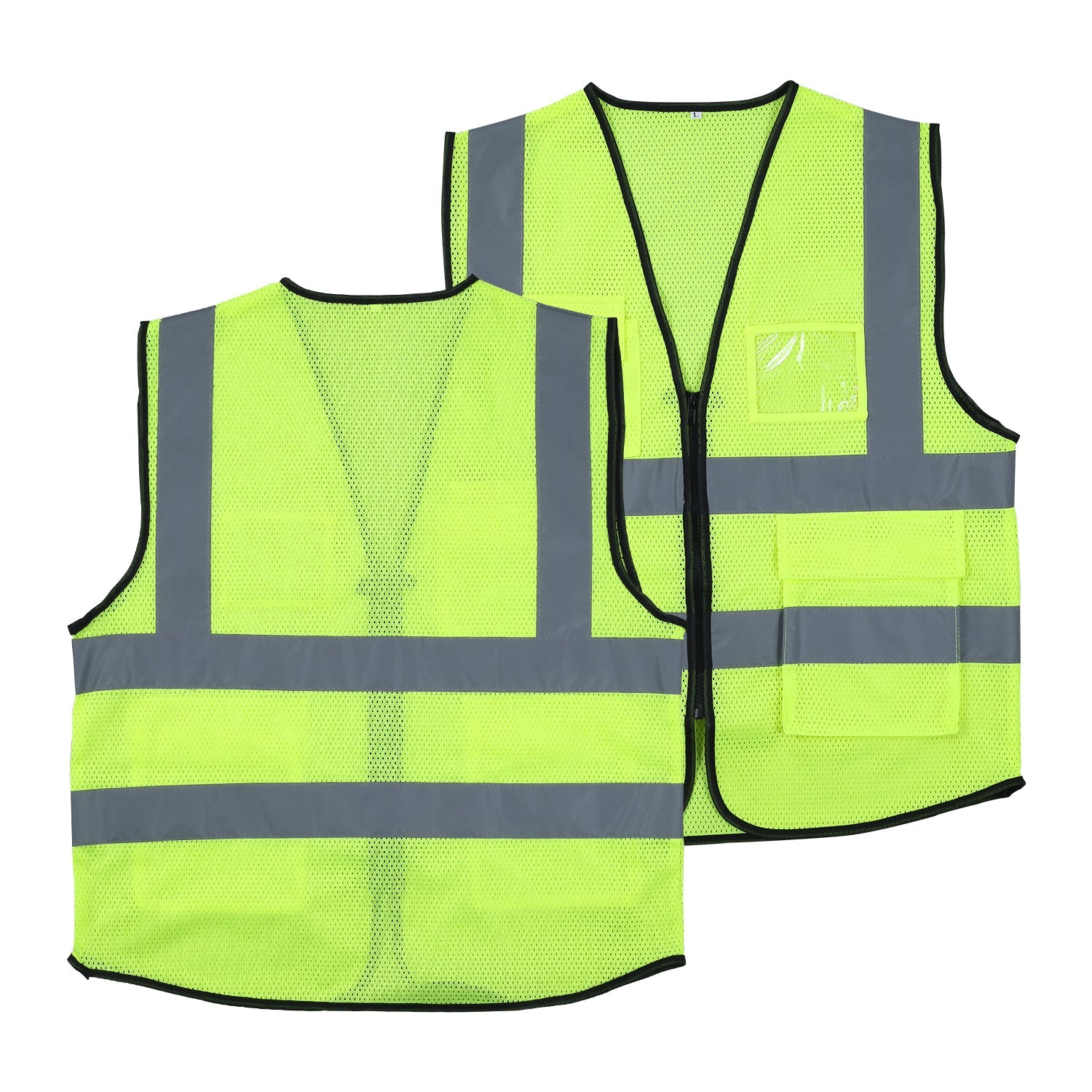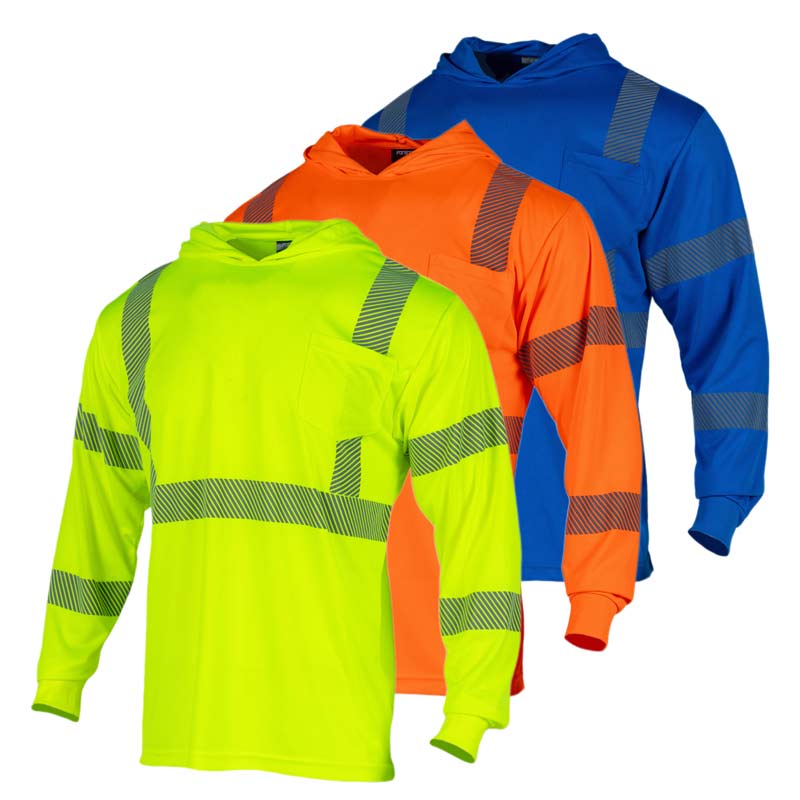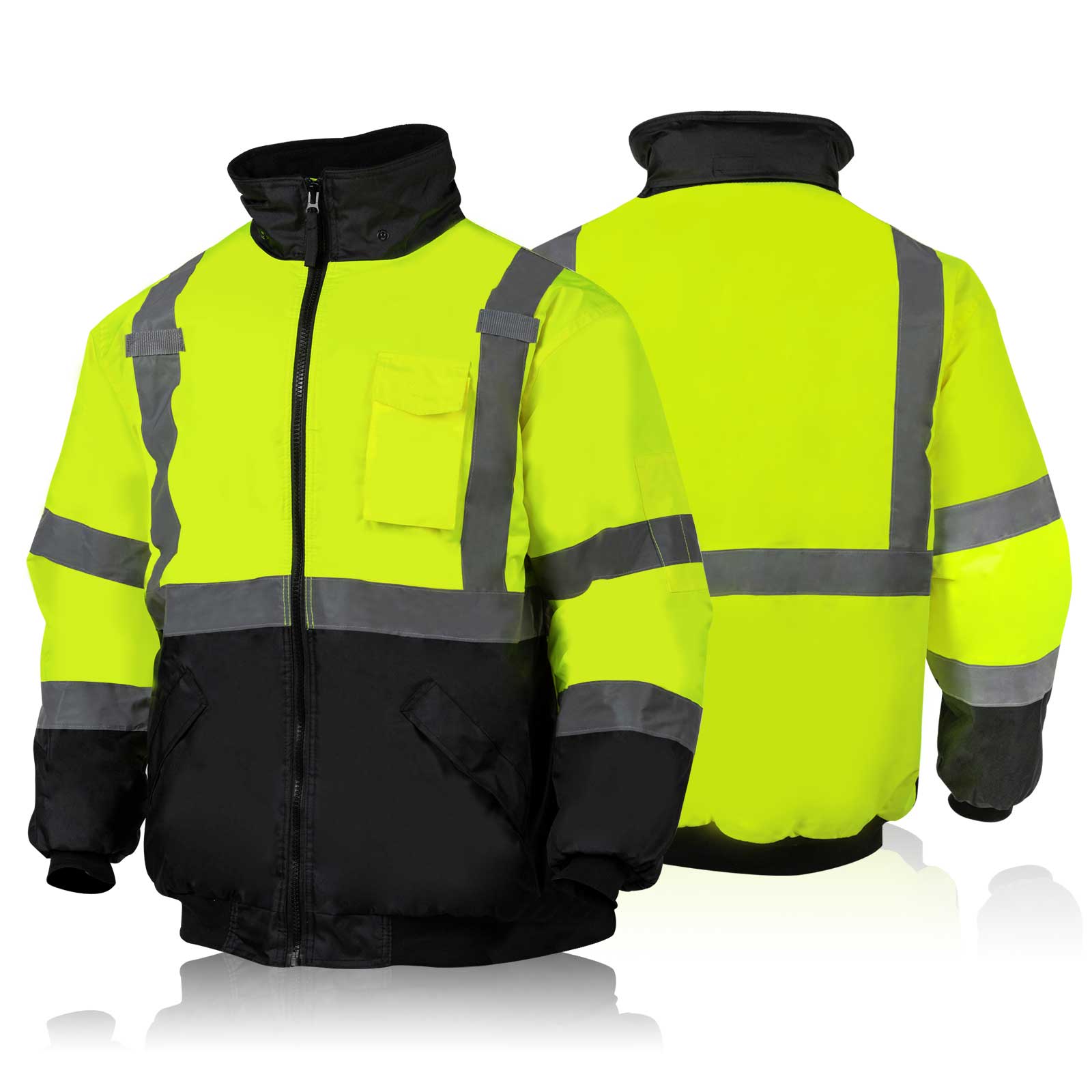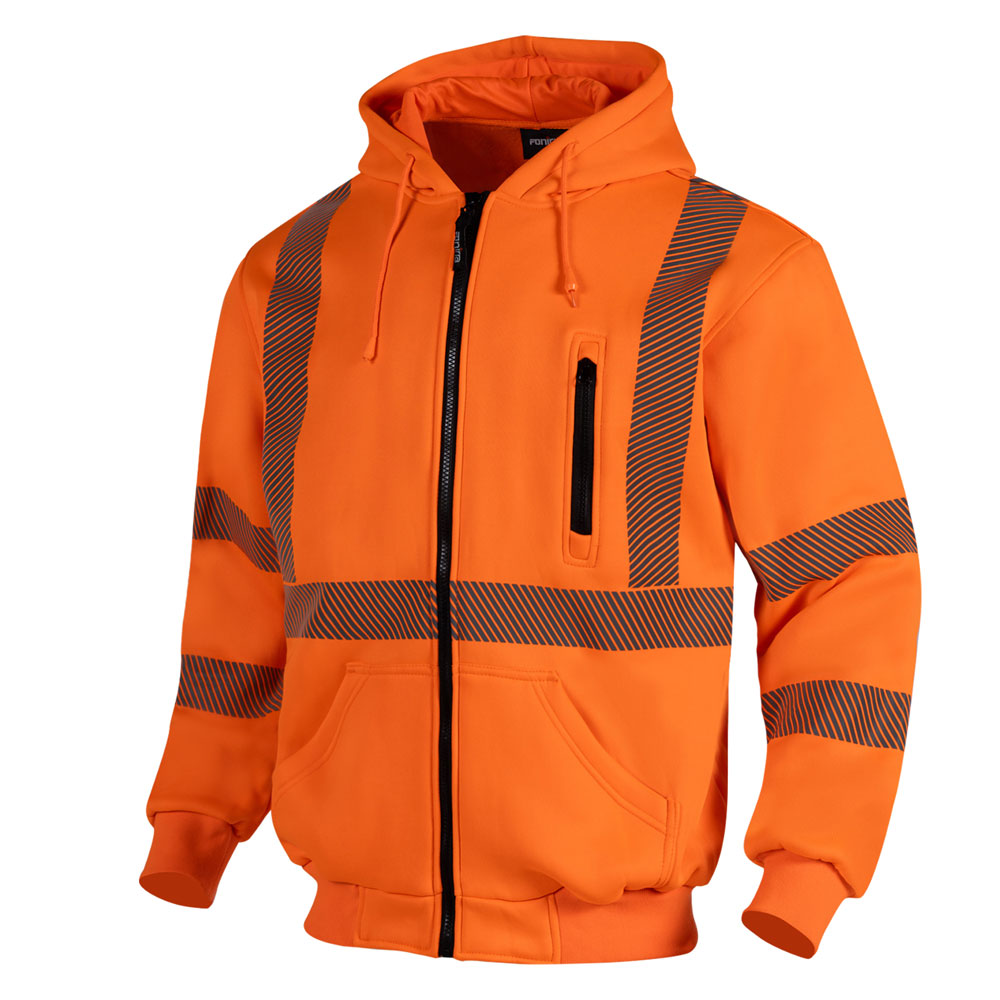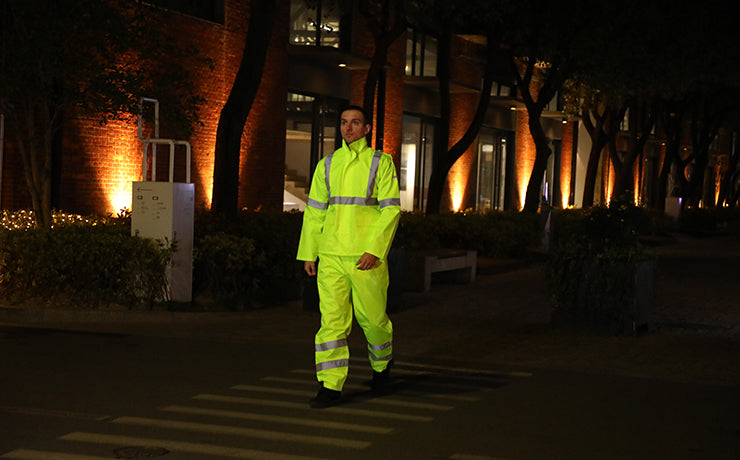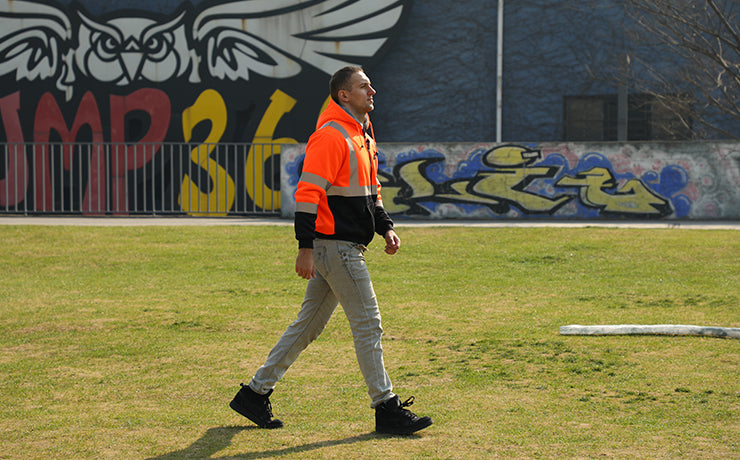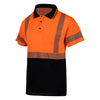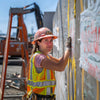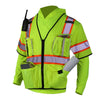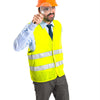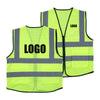How to Avoid Construction Accidents?
The construction industry, known for its complex and potentially dangerous work environments, is filled with risks and hazards. For safety managers, ensuring every worker is well-trained in safety a massive responsibility that cannot be taken lightly.
The question is, how can we significantly reduce and ultimately prevent construction accidents? One critical piece of the puzzle lies in the effective use of safety clothing, including safety jackets, which are pivotal in enhancing on-site safety.
Types of Construction Accidents

Before we delve into solutions, it's essential to identify the issues. In construction, accidents can happen in a split second and stem from various causes.
Falls Accidents
One of the most prevalent types is falls, possibly from scaffolding, ladders, or any elevated area. Workers really need fall protection. Falls are common and can be fatal.
Caught-in and Caught-Between Accidents
Caught-in-between accidents refer to workers trapped or compressed between two objects or parts or collapsing structures like trenches or buildings. These incidents involve crushing, pinching, or squeezing injuries.
Machinery Accidents
Machinery accidents, often caused by the improper use or malfunction of heavy equipment, can lead to severe injuries. These are driven largely by improper hi-vis clothing practices, which leads to machine operators not being able to see workers in their vicinity.
Struck-By Accidents
Struck-by accidents occur when workers are struck by falling, rolling, swinging, or airborne objects. The severity of these incidents can range from minor injuries like bruises to life-endangering or even fatal outcomes, contingent on the object's size, speed, and the circumstances of the incident.
Electrical Accidents
Frequently, construction workers come into contact with live electrical components while working on building projects or residential properties. Their job duties often necessitate handling devices with active electricity across various tasks.
Understanding these common accidents can help safety managers formulate strategies to prevent them.
How to avoid construction accidents? Best Practices for Safety Managers

Safety managers hold the key to a safer construction environment. Here are some best practices to avoid construction accidents:
1. Conducting Risk Assessments
Regular risk assessments can help identify potential hazards and implement corrective measures before they lead to accidents. These assessments should also consider the suitability and effectiveness of on-site safety clothing.
2. Ensuring Adequate Training
Comprehensive safety training should be mandatory for all workers. This includes training on the correct usage and importance of safety clothing, such as safety jackets.
3. Regular Equipment Checks and Maintenance
Ensuring that all machinery is in good working order is crucial in preventing accidents. Similarly, safety clothing should be checked to ensure they are not damaged and can provide the intended protection.
4. Advocacy for the Use of Safety Clothing
Safety managers should actively promote the use of safety clothing. This can be done by highlighting real-life incidents where safety clothing prevented an accident or reduced the severity of an injury.
Implementation of Safety Policies
Knowing the best practices is one thing, but the real challenge lies in consistently implementing them. Here are some tips for implementing safety policies:
-
Enforcing the Wearing of Safety Clothing: Make it a rule that no one enters the site without their safety clothing. Routine checks can be conducted to ensure compliance.
-
Using Safety Equipment Checklists: A checklist for safety clothing and equipment can ensure nothing is overlooked. This should include safety jackets, helmets, gloves, and boots.
-
Regular Safety Meetings and Refreshers: Regular meetings can remind everyone of the importance of safety measures and provide updates on any changes in safety policies.
Advanced Construction Safety Measures

As the construction industry continues to evolve, so must our safety measures. Today, cutting-edge technologies are transforming the way we approach construction safety. Here are a few examples of advanced safety measures:
Incorporating New Technologies in Construction Safety
Technology provides better ways to prevent accidents, from drones for job site inspections to wearables that monitor vital signs. Apps like inSite enable quick reporting of hazards and ensure immediate action.
Involvement of Safety Managers in the Development and Integration of Safety Tech
Safety managers should stay abreast of the latest technology trends in the industry. Their input in developing and integrating new safety technologies is invaluable, given their hands-on experience and understanding of on-site safety needs.
Exploring High-Visibility Safety Clothing:

Safety clothing isn't just about hard hats and boots anymore. High-visibility safety jackets, for example, are a significant advancement. These jackets increase workers' visibility, reducing the risk of accidents caused by poor visibility.
The Role of Safety Clothing in Construction Safety
Safety clothing in the construction industry is as essential as the concrete and steel used in building structures. It serves as the first line of defense, protecting workers from potential hazards on site. Let's delve deeper into the significance of safety clothing:
The Importance of Safety Jackets
Safety jackets offer protection protocols against various hazards. For instance, high-vis jackets protect workers from being hit by moving vehicles, while insulated jackets protect against harsh weather conditions. They form a comprehensive worker protection system with other PPE like helmets, gloves, and safety boots.
Types of Safety Clothing and Their Uses
Different jobs on the construction site require different types of safety clothing.
For example, a welder needs flame-resistant clothing, while a worker handling heavy machinery needs sturdy safety boots.
Understanding the right safety clothing for each job is crucial.
How Can Safety Clothing Prevent Common Accidents?
Properly using safety clothing can greatly reduce the risk of accidents on construction sites. Safety jackets can prevent injuries during falls by providing cushioning.
High-visibility clothing can prevent vehicle-related accidents. Helmets can save workers from head injuries caused by falling objects.
Conclusion

While advanced technologies provide new avenues for enhancing safety, basic safety clothing like safety jackets remains paramount.
Combining traditional safety measures with advanced technology can ensure a safer construction industry for everyone.
Let's remember the fabric of safety weaves itself through our policies and our jackets, helmets, and boots. Stay safe, stay visible, and keep constructing with care.
Start improving your site safety with Fonirra's hi-vis apparel today!

